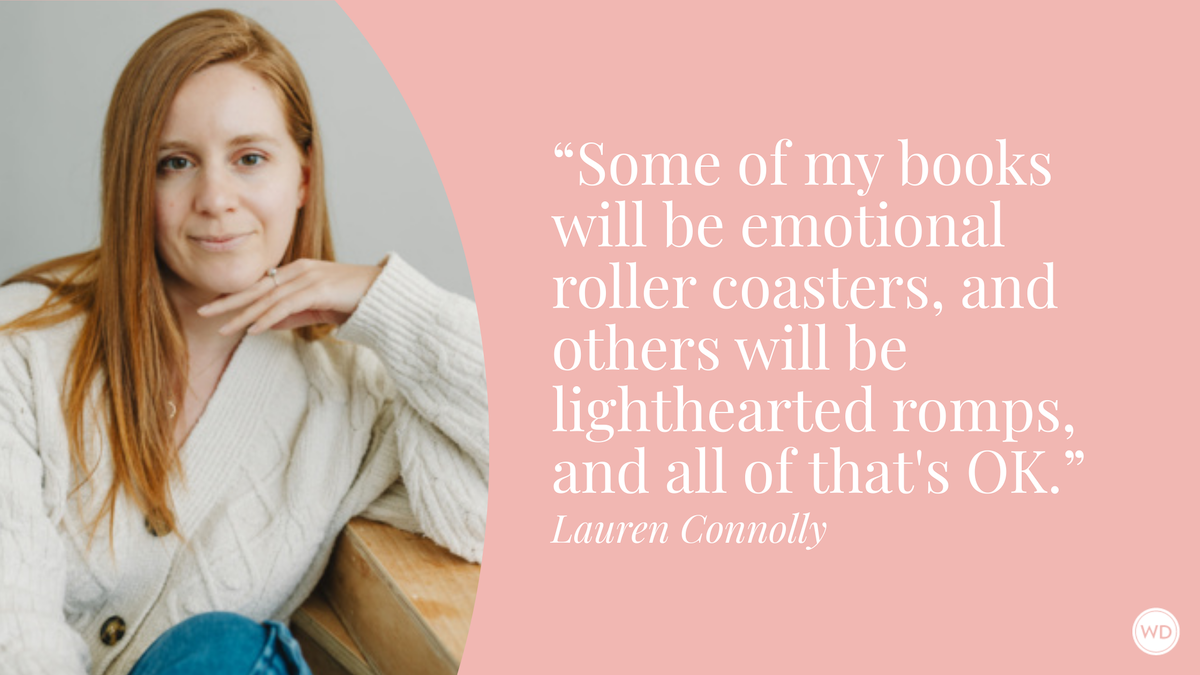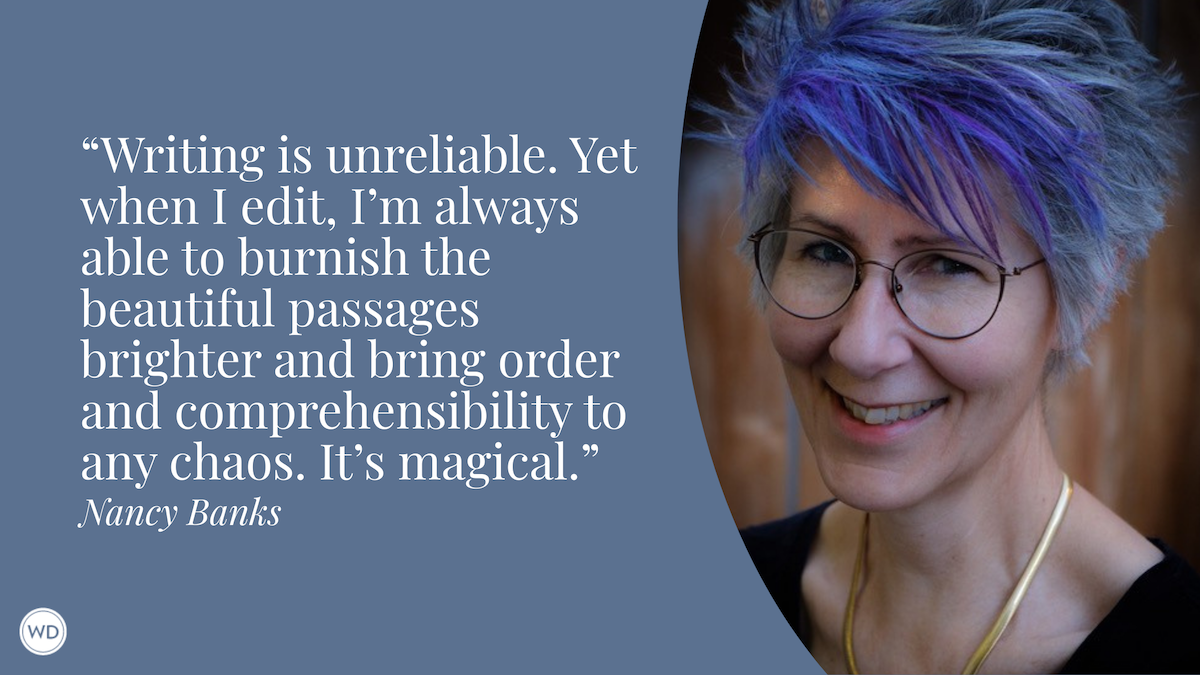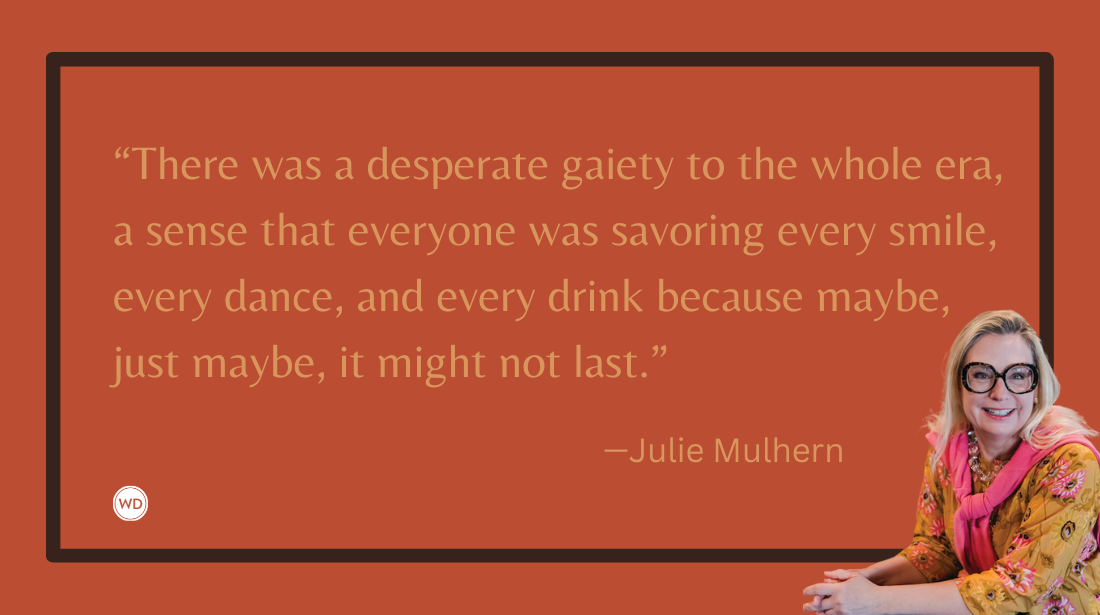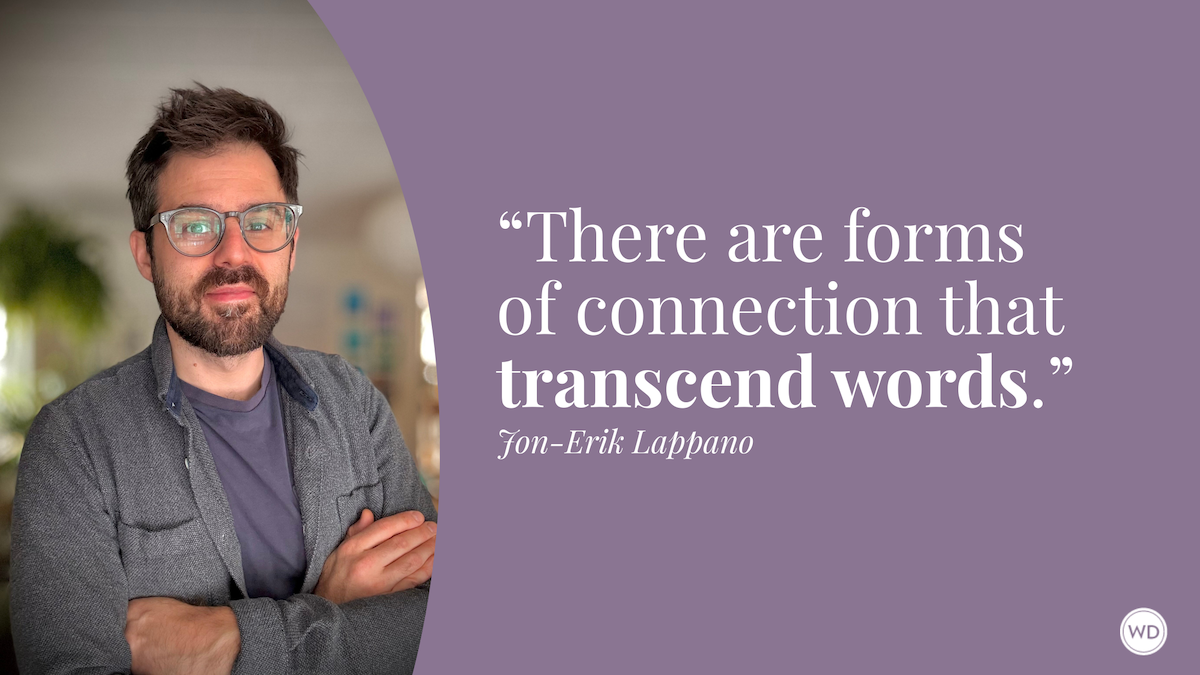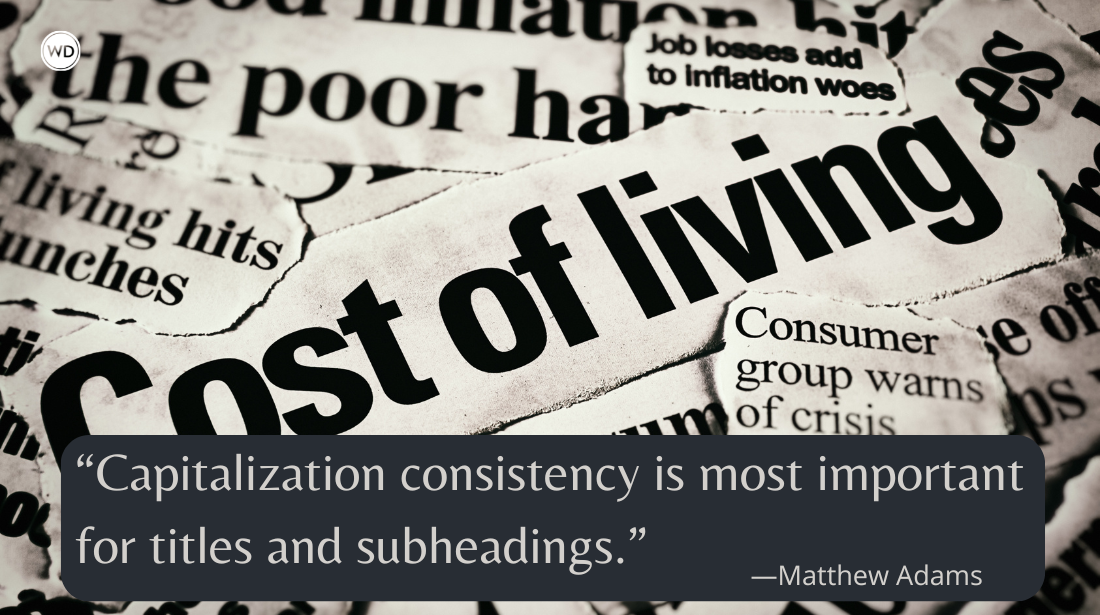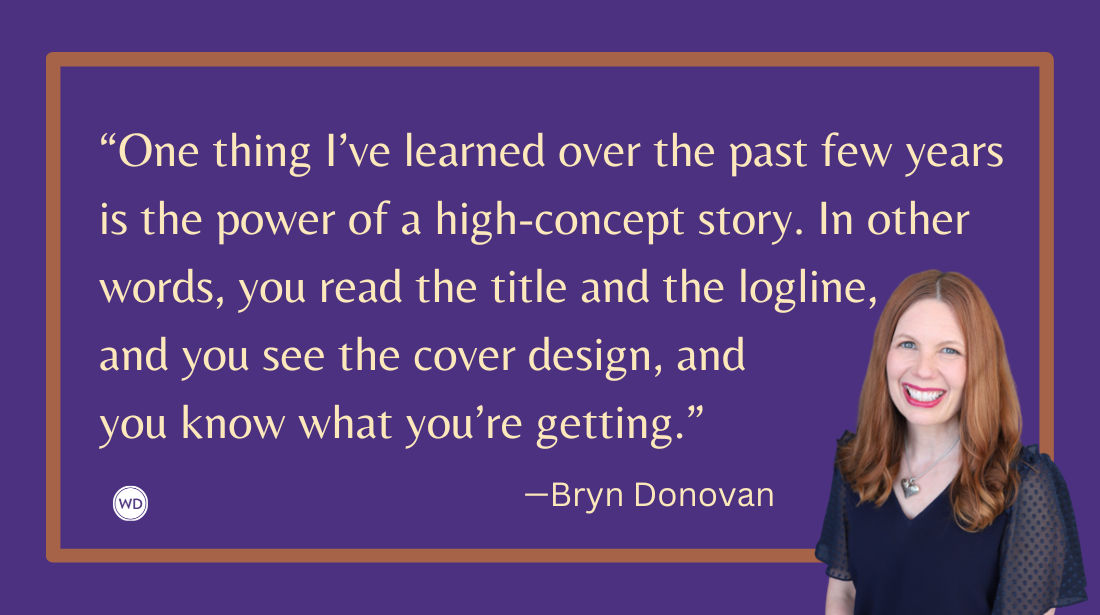FightWrite™: Fight Scenes With Magic
In this post, trained fighter and author Carla Hoch explores the process of writing fight scenes with magic—how to make the unbelievable believable, how limitations bring us closer to our characters, and more.
December is a magical time of year. So, the folks at Writer’s Digest thought it only appropriate for FightWrite™ to discuss fight scenes with magic. And that is yet another reason why I love them. Writer’s Digest speaks fluent Nerd year-round.
I have been helping writers with fight scenes for over five years now. Without question, the writers I mentor most are those of speculative fiction. And, because spec-fic includes basically everything with an element that doesn’t exist in reality, the majority of my work has centered around fight scenes with magic or fantastic qualities.
Magic in fight scenes is a vast and deep subject. By magic I also mean any super ability, not just the wizardly kind. I have a three-day conference lesson plan for it. I cannot cover every fine detail here but I will give the basics.
Fights Scenes With Magic: Build It and They Will Come
Whenever anything in the world of your work deviates from the world we know, you are officially world building. And just like building anything, when you build a new reality for your reader, you have to create it from the ground up. That means first and foremost, establishing normalcy. Show the reader what to expect so that they will have the right reaction to the magical qualities in the work.
Establish Normalcy
From the opening scene of Star Wars: A New Hope, we know that the world we are about to enter is unlike our own. In fact, we are flat out told when we see the phrase, “Long ago, in a galaxy far, far away …” But, it’s not until about two minutes in that we actually get what all that means. We see the first spaceship, a Blockade Runner, being stalked by an Imperial Star Destroyer. From then on throughout the movie, whenever a space craft or strange being shows up, we might be fascinated, but we aren’t surprised—because those things are normal for the world we have walked into.
However, from the beginning of The Chronicles of Narnia, we learn that normal as we know it is the way things should be. That’s why we are as surprised as the Pevensie children at the existence of Narnia and all the magic it holds. We stop being surprised when the children are immersed in that world and it becomes both their, and our, new normal.
Fight Scenes With Magic: The Rules That Rule It All
So, how do we even begin creating worlds that have fantastic elements? Well, ironically, the way to show that anything bends the rules is to define the rules. That’s not the same thing as explaining them. You don’t have to explain the rules to your reader. You just have to establish them as fact and treat them as normal. Up until the movie The Last Jedi, the Force is never really explained. We know how it works but we don’t know why, and we are fine with that. We have accepted it as normal and very real in the Star Wars universe. So, don’t see the limits of fantastic elements as limiting. See them as legitimizing. They make the world real. Also, without defined limits in the world you create, you miss a crucial element in your fight scenes.
Fight Scenes With Magic: Physics Matter
The scientific laws of the world you create have a greater impact on the fight than the characters in it. Superman is super on Earth because Earth has much less gravity than his home planet of Krypton. Put Superman back on a planet with the gravitation pull of Krypton, and he’s not super. He’s just Kal-El, the man. Where Superman fights literally determines whether or not he is super.
IndieBound | Bookshop | Amazon
[WD uses affiliate links.]
Characters with super abilities must succumb to the natural laws of their surroundings. Your character may be able to punch like the Incredible Hulk. But if that character is in Zero-G, that punch will propel them and their target across the room or infinitely through space with the same force created by the punch. And when gravity is present, that same character with super strength will still not be able to stand and hold an item that outweighs them out in front of themselves. Not because the character isn’t strong, but because physics demands that the weight topple them forward.
Fight Scenes With Magic: Limits Link Us
Just as the fantastic properties of a world have limits, so do the fantastic powers of characters. Magical power must have a source and an end. If not, if a character is invincible—the story is over. Also, a character has to be able to suffer. No matter how un-human a character is, suffering will show their humanity and rouse the reader’s sympathies. We love the abilities of superheroes, but it’s their limits and the pain the limits cause that makes us love them.
Think about it, why do we love Batman? We shouldn’t, he’s a vigilante. He’s not out to make the world a better place because he is good. He wants it be a better place because he’s a tortured soul. For him, fighting evil is vengeance. He wants evil doers to suffer just as he did when his parents were gunned down in front of him. And that’s why we love him. We love brokenness in fantastic characters because in that way, we are like them. When we see a bit of ourselves in characters, we invest in them. The limits of a character’s ability, and especially when we take our character right to the threshold of those limits, is key to bringing our reader into the story and making them care that our character is in a fight.
Fight Scenes With Magic: Limits Lead the Fight
The rules governing the magic or super abilities of a character are also key when blocking a fight scene. How any character fights will be, in part, based on their natural/supernatural abilities. That ability governs their movement. A wizard who requires concentration to use his abilities may not be able to walk onto the battle field. The chaos may hinder his focus. So, in order to fight, that character may need to remain still and at a distance. But, if that wizard’s magic is channeled through a staff they carry, they may have to walk on the battle field to focus the energy of the staff on foes rather than friends.
Fight Scenes With Magic: Feel It When They Deal It
The not-so-great thing about fight scenes that involve supernatural abilities is that they can distance the reader from the character with those abilities. We don’t know what it’s like to shoot lasers from our eyes or move things with our minds. But what we can relate to is physical sensation. Show what it feels like to emit that magic or use that super gift. What strain does it put on the one wielding it? And what is the cost of using that fantastic ability, and, yes, it should come at a cost. There has to be a balance. I will get back to that in a moment.
Along with how it feels to wield the gift, we have to show what it feels like to be on the receiving end of it. What injury does the magic or ability inflict? How does it wound? Not only does this make or break who wins the fight, it can determine the defense. How did Perseus defeat Medusa? He based his defense on her mode of attack. Medusa turned people to stone by locking eyes with them. Perseus made her see her reflection and her own power turned her into stone.
Fight Scenes With Magic: This Show Ain’t Free
Poor Medusa. If you know her story you know that she came by her horrible power honestly. And that power cost her just as every special ability costs anybody who has one. A character’s super abilities must cost them physically, socially, or emotionally. Using the Force wears down a Jedi. Superman has to wear a disguise in public. And every criminal Batman brings to justice reminds him of the one who killed his parents.
The price of using a gift is something with which we writers are intimately acquainted. Writing costs us. Physically it breaks us down, socially it isolates us, and mentally it grinds us into dust. So, why do we do it? Because the pain of ignoring the gift is greater than the pain of using it. It is the same for any character with a super ability, be they good or evil. Give them a compulsion to use it that supersedes the pain of wielding it. But make no mistake, that compulsion never erases the pain.
Goodness, I’ve only just begun with this subject. But this is a blog and not a book, and I have a word count limit. See! Limits are a reality on the page and off. I hope this post helps those of you who wax nerdy in our work. Be sure to check out my blog, FightWrite.net and my Writer’s Digest book, Fight Write: Writing Believable Fight Scenes. And, while you’re on your computer or phone, follow #fightwrite on Instagram for more fight writing tips, videos and book giveaways.
I hope your year’s end wraps you in magical wonder and that wonder fuels your writing for 2022. I look forward to new blog posts and possibilities to work with you all. Until next year, stay well, be blessed, and get blood on your pages.
Carla Hoch is the award-winning blogger of FightWrite® and author of the Writer’s Digest book Fight Write: How to Write Believable Fight Scenes. She is a WDU instructor who regularly teaches on the craft of writing fight scenes, action, and violence as well as the mechanics of fighting for writers. Carla is a world champion jiujitsu player and has experience in almost a dozen fighting styles. She lives and trains outside Houston, Texas.




